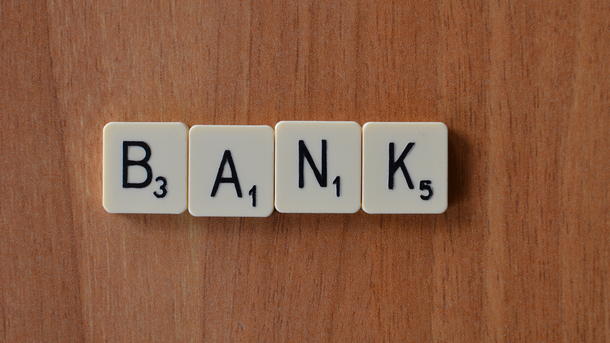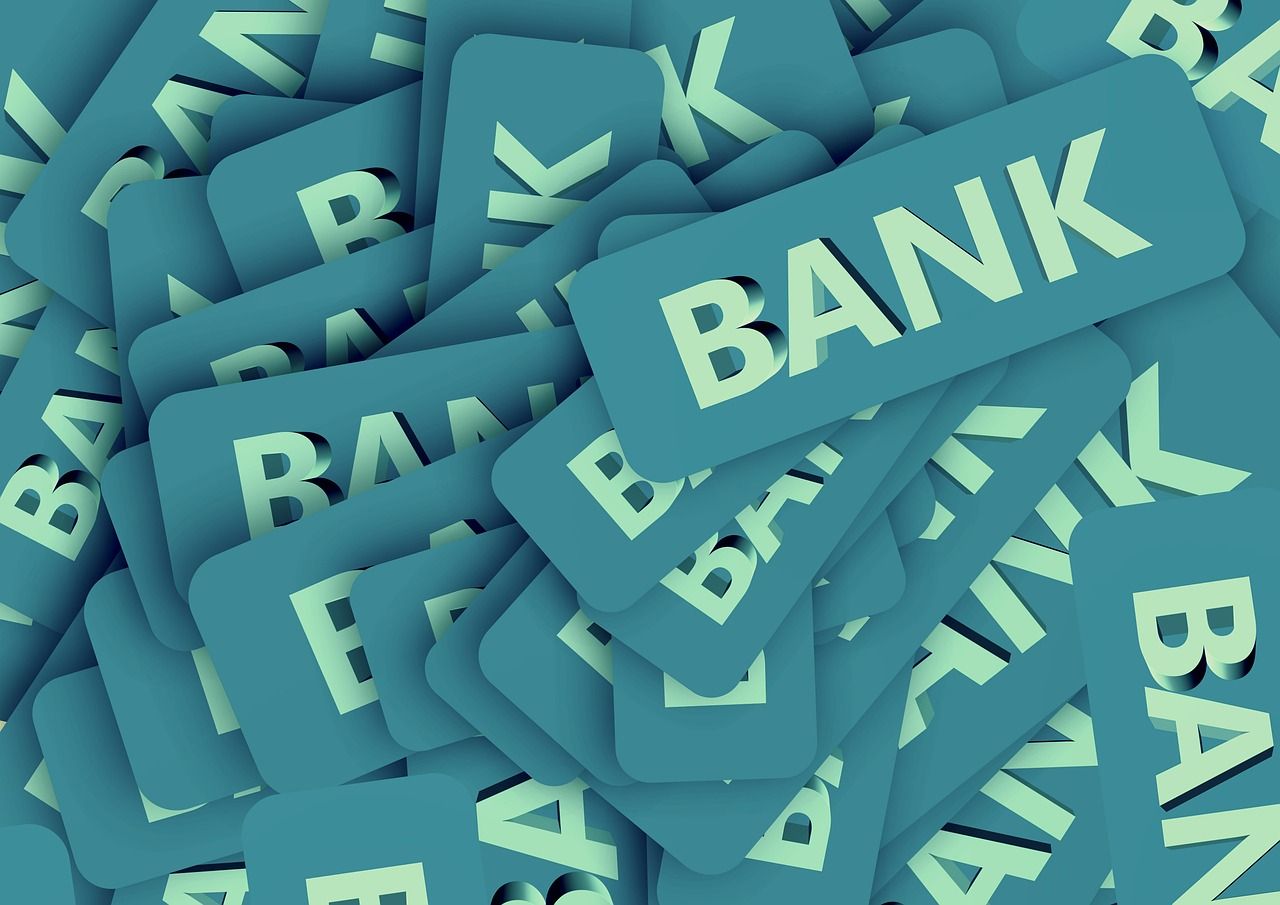
Departed 2016 was for the banking system of Ukraine is a serious challenge. The list of operating banks declined by a couple of dozen, and “healthy” financial institutions in the country is now less than a hundred. Cleansing of the banking sector has not always been comfortable, the closure of several banks was accompanied by scandals. For example, Bank “St. Michael”, which was involved in the fraud with the money of depositors, as well as PrivatBank, become the property of the state. But the financial sector has survived, and is showing signs of recovery, writes “RBC-Ukraine”.
Thus, the volume of funds of natural persons in Bank accounts from January to December 2016 has increased by almost 5%. And it’s a lot, given the outflow of money from the system, associated with the liquidation of banks during the year. The adequacy of regulatory capital has increased from 12.74% to 13.71% (this indicator shows the ability or inability of the Bank to repay the obligations; the minimum is 10%), and loss of the banking system in comparison with the year 2015 has decreased significantly.
According to forecasts of the National Bank, in 2017 the banking sector will finally break the negative trend, increasing revenues.
“Macroeconomic conditions are more favorable for the development of the banking business — increase income and improve their solvency, growth of wages and incomes positively affect both the new business of banks, and to improve the quality of their loan portfolios,” — said the Director of the Department of organizations, strategy and corporate governance “Kredobank” Roman Lepak.
The market in 2017, could leave for about another 20 banks.
And yet, most bankers and analysts still prefer cautious optimism. According to experts, to 2017, the banking system will adapt to new regulatory requirements and market conditions related, in particular, with a significant increase in the weight and influence of the state banks.
“But you will cope with this adaptation not all”, — said Chairman of the Board Altbank Igor Volokh.
On the way out
Member of the Board of “credit Agricole Bank” Vadim Ganah suggests that the market in 2017, could leave for about another 20 banks. “The system will evolve in an unstable geopolitical environment, the redistribution of the client base and the formation of new niches of areas”, — stressed Ganah.

Therefore, in order to stay afloat, banks need to invest a lot of money in staff, quality services, modern services. But many financial institutions are busy solving problems with capitalization, as in the plans of Bank — further stress-testing of the system. This time in sight of the controller to get small banks.
“In contrast to the state and banks with strategic foreign owners, shareholders of banks with Ukrainian roots have limited ability to inject additional capital. According to our estimates, next year will be at least a dozen examples of the output of banks from the market precisely because of the inability to increase capital to levels agreed with the NBU,” — said Lepak.
It is possible and the scenario of merger of small banks with a system, which, however, for small players is not the best option, as well as for their clients.
“For local small banks it is a painful path because they can engage in microcredit, and to be flexible in the regions, in contrast to large institutions,” — said a senior analyst at GK Forex club Andrey Shevchishin.
Waiting for the credits
Don’t believe the bankers, and that they will be able next year to unlock lending. On the one hand, the NBU gradually reducing its discount rate, which currently stands at 14%. In fact, this is the reference point for banks in calculating interest rates, which, in theory, should also decline. But high interest rates is not the only obstacle to mass lending. Banks do not have sufficient available resources in order to resume full lending (auto loans, mortgages) and business (development, purchase of fixed assets, etc.).
The requirements for borrowers from banks will increase.
In addition, in 2017 banks will be forced to tighten credit risk assessment and show the real quality of their loan portfolios. That is, to expose all the “bad” loans, under which bankers will have to create additional reserves. “As more rigid approaches to the assessment of credit risk is unlikely to be an incentive for lending to the economy,” says szulik.
Requirements to borrowers from banks (primarily to the quality of the collateral which they provided as security for the loans) will also increase. Therefore, even if you have the desire and financial capabilities will be able to receive a loan, even more narrow. Moreover, this applies both to individual borrowers and businesses.







